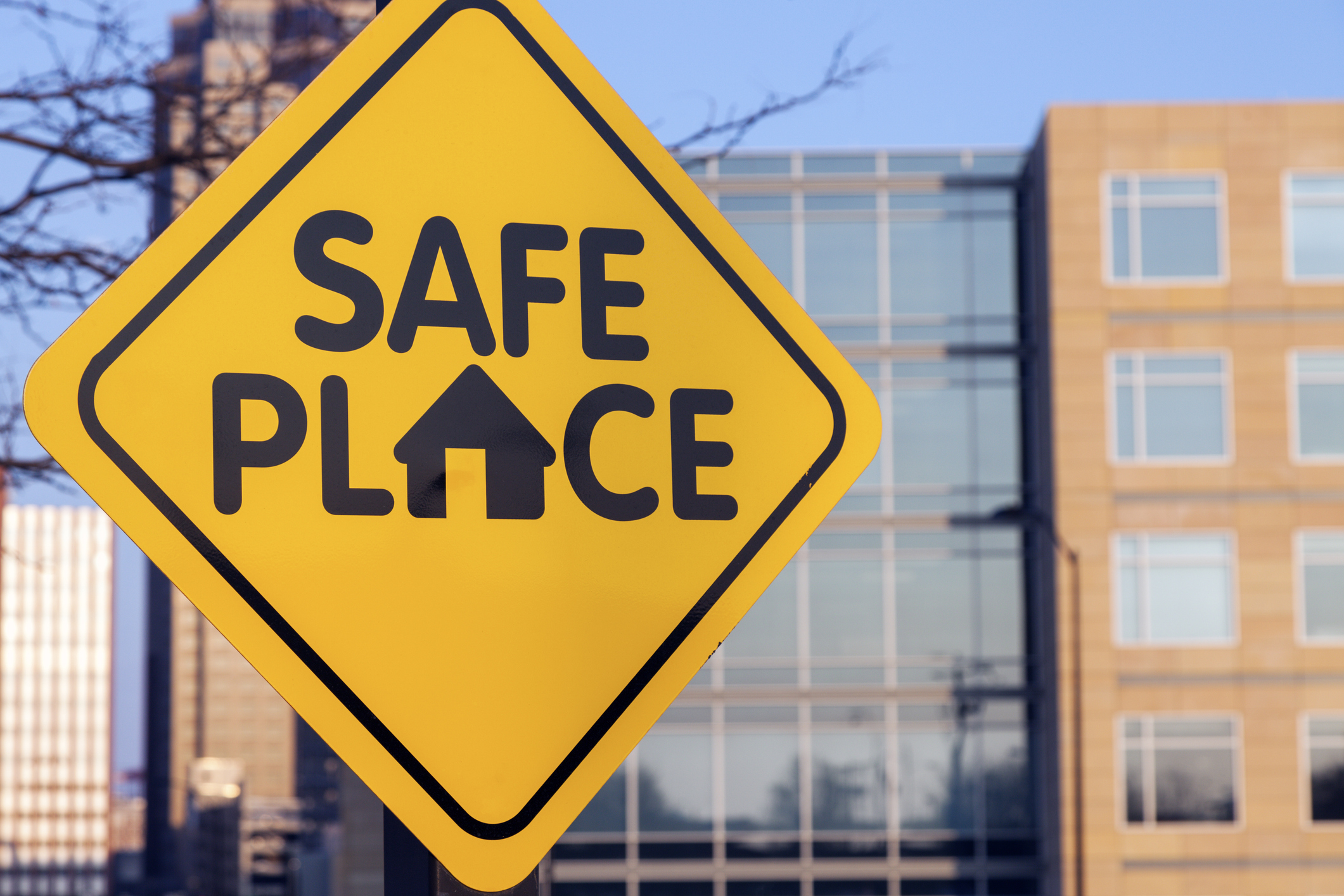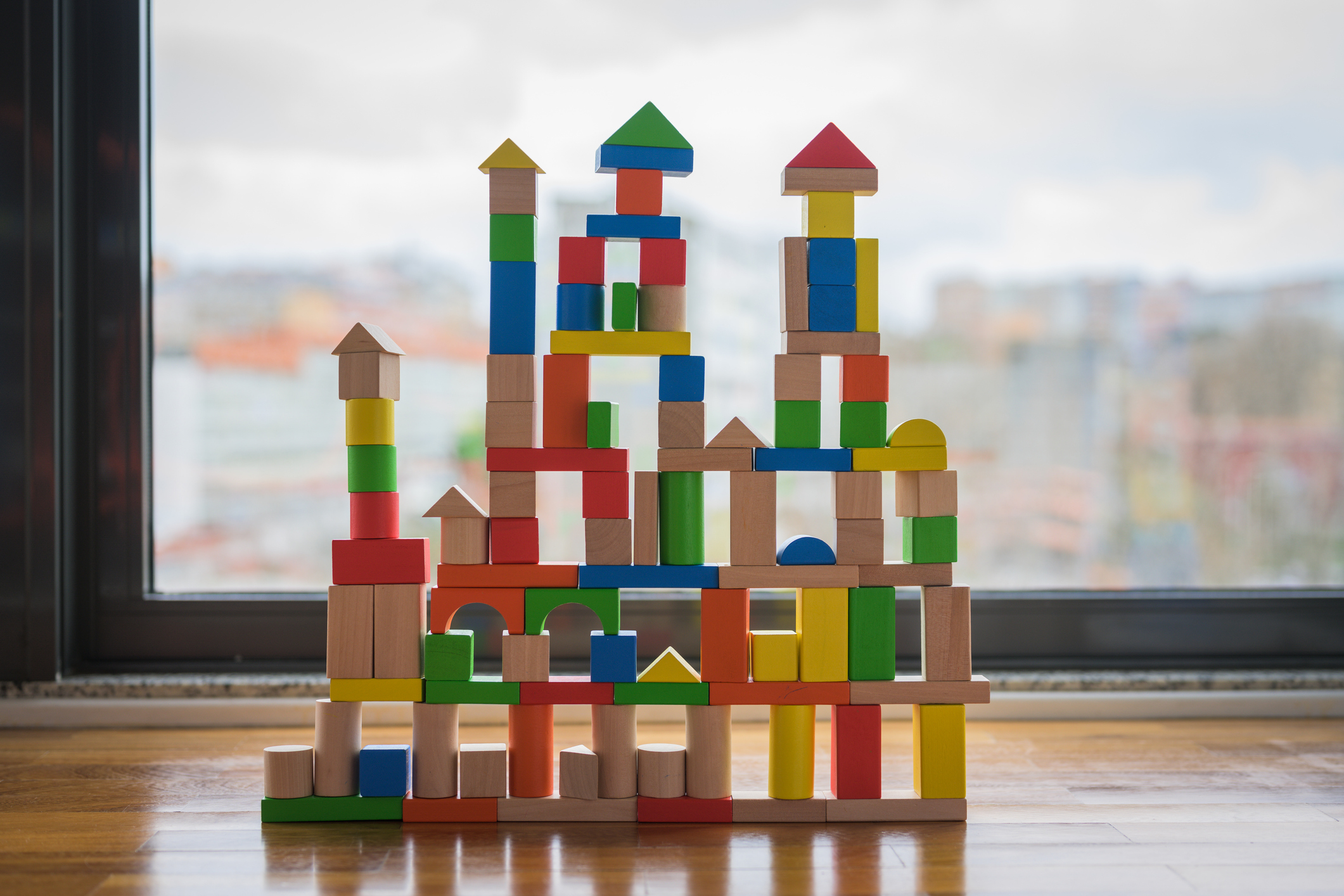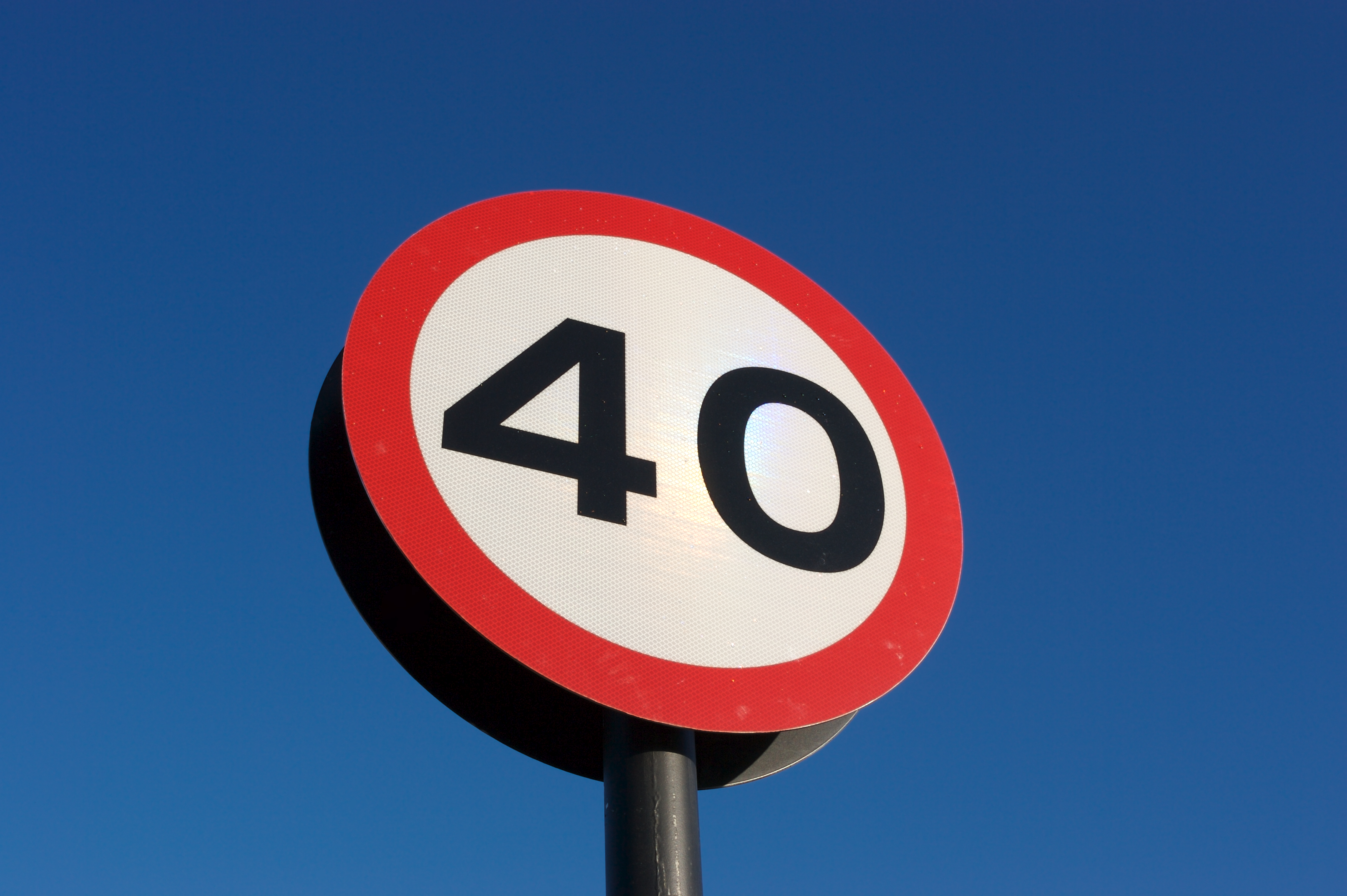25 Safest Communities in the US
These communities scored highly across seven metrics in three key areas: crime, injuries and public safety preparedness.


Safety is a top concern when shopping for a house for many homebuyers. It can influence where you feel comfortable living and safety ratings can be a useful tool in finding a safe place to live. Violence crime, busy roads and access to emergency care, are some of the factors that can impact the safety of a community.
A recent survey, 500 Healthiest Communities nationwide by U.S. News, also identified the 25 safest communities in America. The public safety category of the survey “aims to reward communities with low crime rates, few deaths tied to accidents and motor vehicle crashes, and a robust health and public safety infrastructure.”
If you’re in the market to buy or rent a home, check out this list of the 25 safest communities in the US.

Sign up for Kiplinger’s Free E-Newsletters
Profit and prosper with the best of expert advice on investing, taxes, retirement, personal finance and more - straight to your e-mail.
Profit and prosper with the best of expert advice - straight to your e-mail.
Where are the safest communities?
The Northeast had 10 counties among the top 25 safest communities — the most of any region — with eight of those counties located in New York. Virginia comes in a close second with seven locales on the list.
Methodology of the public safety rankings:
In the public safety category of the survey's rankings, communities are scored on a 100-point scale tied to their performance relative to one another across seven metrics in three key areas: crime, injuries and public safety capacity. Individual metrics include violent and property crime rates, the share of the population in proximity to emergency facilities, spending on health and emergency services, vehicle crash fatality rate and more.
| Public safety score | County | Performs best in | Per capita spending on health and emergency services |
|---|---|---|---|
| 100 | Nassau County, NY | Per capita spending on health and emergency services | $1,148 |
| 97.95 | Alexandria, ViA | Per capita spending on health and emergency services | $1,269 |
| 93.86 | Rockland County, NY | Per capita spending on health and emergency services | $1,090 |
| 92.24 | Rio Blanco County, CO | Per capita spending on health and emergency services | $3,482 |
| 91.28 | Arlington County, VA | Accidental death rate | $744 |
| 90.66 | Westchester County, NY | Vehicle crash fatality rate | $902 |
| 89.57 | Manassas Park, VA | Vehicle crash fatality rate | $523 |
| 88.89 | Putnam County, NY | Violent crime rate | $478 |
| 88.52 | Bergen County, NJ | Population living close to emergency facilities | $478 |
| 88.34 | Brown County, MN | Per capita spending on health and emergency services, Vehicle crash fatality rate | $1,415 |
| 87.84 | San Mateo County, CA | Per capita spending on health and emergency services | $1,216 |
| 86.83 | Fairfax City, VA | Per capita spending on health and emergency services | $1,094 |
| 86.56 | Poquoson City, VA | Vehicle crash fatality rate | $499 |
| 86.29 | Shelby County, IA | Violent crime rate | $229 |
| 85.87 | Eagle County, CO (includes Vail) | Per capita spending on health and emergency services | $1,225 |
| 85.26 | Jim Hogg County, TX | Vehicle crash fatality rate | $406 |
| 84.81 | Richmond County, NY (Staten Island) | Vehicle crash fatality rate | $1,062 |
| 84.72 | Los Alamos County, NM | Per capita spending on health and emergency services | $2,602 |
| 84.15 | Prince William County, VA | Vehicle crash fatality rate | $598 |
| 83.46 | Queens County, NY | Population living close to emergency facilities | $1,062 |
| 83.31 | Colfax County, NB | Vehicle crash fatality rate | $267 |
| 72.81 | Suffolk County, NY | Vehicle crash fatality rate | $822 |
| 82.84 | Morris County, NJ | Vehicle crash fatality rate | $421 |
| 82.73 | Loudoun County, VA | Accidental death rate | $515 |
| 82.69 | Kings County, NY (Brooklyn) | Population living close to emergency facilities | $1,062 |
Check the safety of your community
When deciding where to relocate, safety is a large concern, especially for families. But you can only tell so much about a neighborhood at face value. To learn more, you can ask around or use online tools at your disposal.
- Use a crime mapping service. Crime mapping sites allow you to view crime statistics in a neighborhood by entering the address of your desired location. Sites such as SpotCrime break down crimes by date and type of crime, such as violent crime or property crime.
- Review the national sex offender public website (NSOPW). The NSOPW is a free tool from the U.S. Department of Justice. Family Watchdog offers free notifications that help keep you updated with offenders that move in/out of your area.
- Talk with people who currently live In the area. Connect with neighbors whether in person or online. Afterall, neighbors should have the best insight into what goes on and what you can expect.
- Walk or drive around the neighborhood. Attend a local community event, check out local businesses and if children play outside, this may be a good sign that you’re in a safe neighborhood.
Get Kiplinger Today newsletter — free
Profit and prosper with the best of Kiplinger's advice on investing, taxes, retirement, personal finance and much more. Delivered daily. Enter your email in the box and click Sign Me Up.

Donna joined Kiplinger as a personal finance writer in 2023. She spent more than a decade as the contributing editor of J.K.Lasser's Your Income Tax Guide and edited state specific legal treatises at ALM Media. She has shared her expertise as a guest on Bloomberg, CNN, Fox, NPR, CNBC and many other media outlets around the nation. She is a graduate of Brooklyn Law School and the University at Buffalo.
-
 Here's How the Child Tax Credit Could Increase Under Trump
Here's How the Child Tax Credit Could Increase Under TrumpTax Credits House Republicans released details on President Trump’s ‘one big, beautiful bill,’ including an increased child tax credit.
-
 New Overtime Tax Deduction Proposed for Millions Working Extra Hours
New Overtime Tax Deduction Proposed for Millions Working Extra HoursTax Law Some lawmakers and President Trump want to offer overtime tax relief. But will a tax deduction or an exemption help you most?